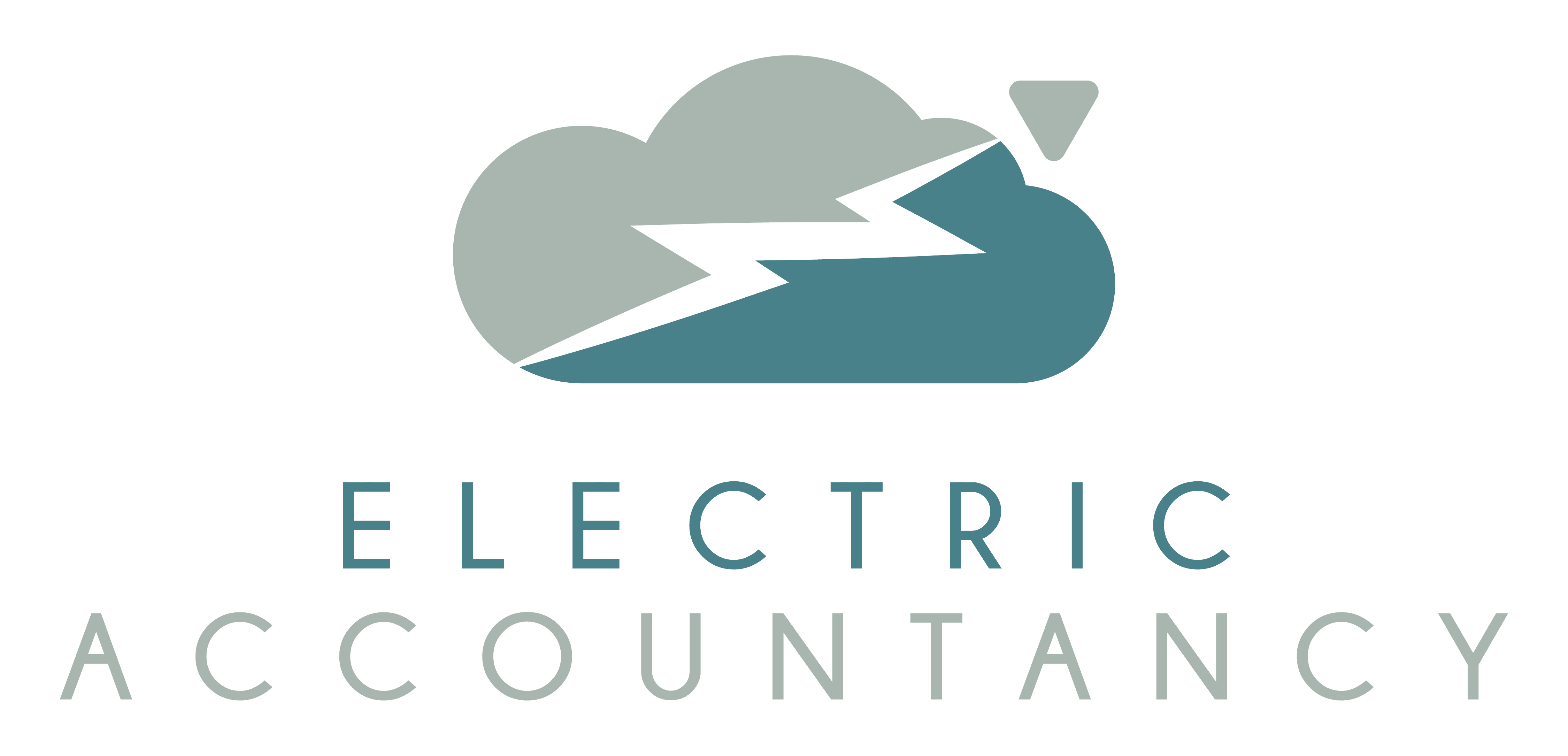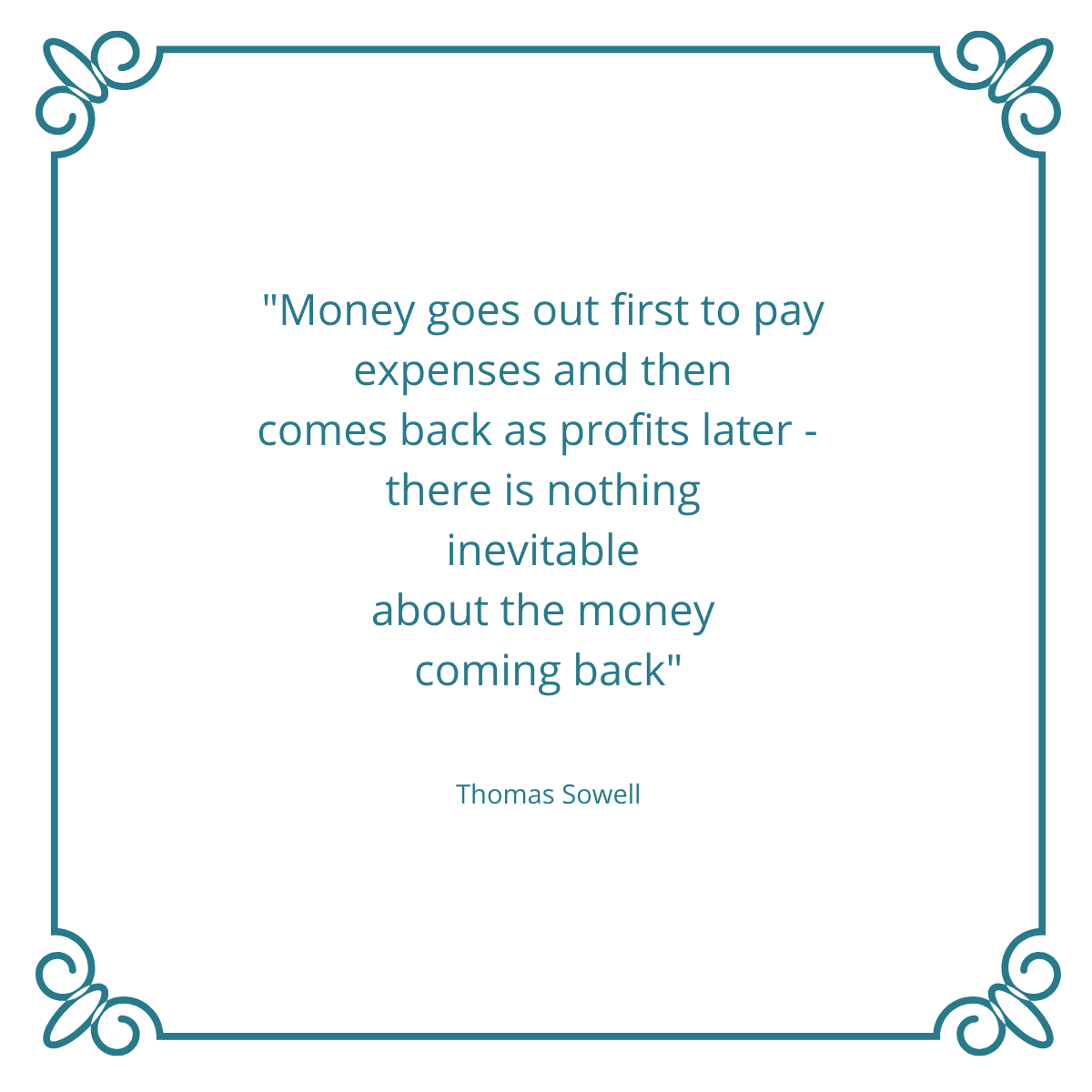It’s the age-old debate: cash flow or profit – which is the most important to a business? Before answering this, let’s look at what we mean by ‘Cash’ and ‘Profit’.
What is Cash?
In business, cash means the money that a business can access immediately or near-immediately. It excludes money that is tied up and therefore not readily available for use by the company (e.g. a business asset that needs to be sold first is not classed as cash; an invoice that has been sent out is not classed as cash until the payment is in the bank).
Cash flow means the flow of money in and out of the business. You need cash coming in regularly to continue operations and pay bills on time. Without access to cash, a business will eventually grind to a halt.
Put simply, cash flow is the lifeblood of any business. If your business is a car, then cash is the petrol in the tank – you can’t move forward without it.
Cash flow comes from three main activities:
-
Operating activities: the cash generated from the regular business operations, such as the sale of products made or services provided and the cash used to buy stock and to pay for the operating expenses of the business.
-
Investing activities: cash transactions related to investments, such as securities, property or the sale of assets. During a period when your business is actively investing, this number may be negative but it will become positive when these investments begin to generate a return.
-
Financing activities: the cash transactions related to raising money from debt or stock, or repaying that debt.
Positive cash flow means there is more cash coming in than going out, and therefore your liquid assets are increasing. Negative cash flow means the opposite.
It’s normal to experience a period of negative cash flow when you are investing in growth. Your business is particularly vulnerable because you will usually spend more than you currently earn. If you don’t plan for this in advance, you can end up starving your business of cash.
What is Profit?
In a nutshell, profit is revenue minus expenses. It’s how much money is left after you deduct expenses from your total turnover.
There are several different profit calculations, all of which say different things about the health of your business, Here’s three of the main types of profit:
-
Gross profit = net sales less cost of goods sold (also known as cost of sales, e.g. the direct costs such as the direct materials and the direct labour cost). Gross profit lets a business understand and control the cost of production. A business without an adequate gross profit will be unable to pay the operating and other expenses or build for the future.
-
Operating profit = Gross profit less the operating costs of the business (e.g. the expenses such as marketing spend, insurance, rent). Operating profit (sometimes referred to as EBIT or earnings before interest and tax) excludes tax payments and interest payments on debt, and also excludes income from areas outside of the core business (such as interest from investments). It is a measure of how well a company is managed, its overall operating effectiveness and performance.
-
Net profit = Operating profit less interest and taxes paid. Net profit is also known as the ‘bottom line’ and is a key indicator of a company’s ability to convert sales into profit.
Which is More Important – Cash or Profit?
-
Short-term, cash is more important than profit. If you run out of cash, you can’t pay suppliers. You can’t run a business if you can’t buy stock, pay employees, invest in marketing, pay your utility bills etc.
-
Profit, however, is important to the long-term future of a business. Whilst it is possible to keep an unprofitable company going for quite a number of years, no business can survive for a significant amount of time without making a profit. Profit is a key source of cash flow & finance for a business, and it determines whether a company can secure external finance and investment.
Conclusion
It’s possible to be in profit and yet run out of cash, and vice versa so it’s important to understand, monitor and balance both: For example, a business may turn a profit each month but if that money is tied up in assets then they may be unable to pay employees and suppliers, and may eventually be forced to close operations. In this instance, a business should focus on improving cash flow. On the other hand, a business may have a healthy cash flow but fail to make a profit due to substantial debt. Here, it makes more sense to look at ways to pay off the debt in order to improve profitability.
If you’re a busy business owner with a lot on your plate, think about investing in a quality accountant who will help you to understand your cash position and the actions that you can take to maintain a healthy cash flow, as well as working with you to develop a profit improvement plan for your business.

